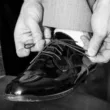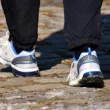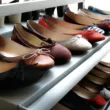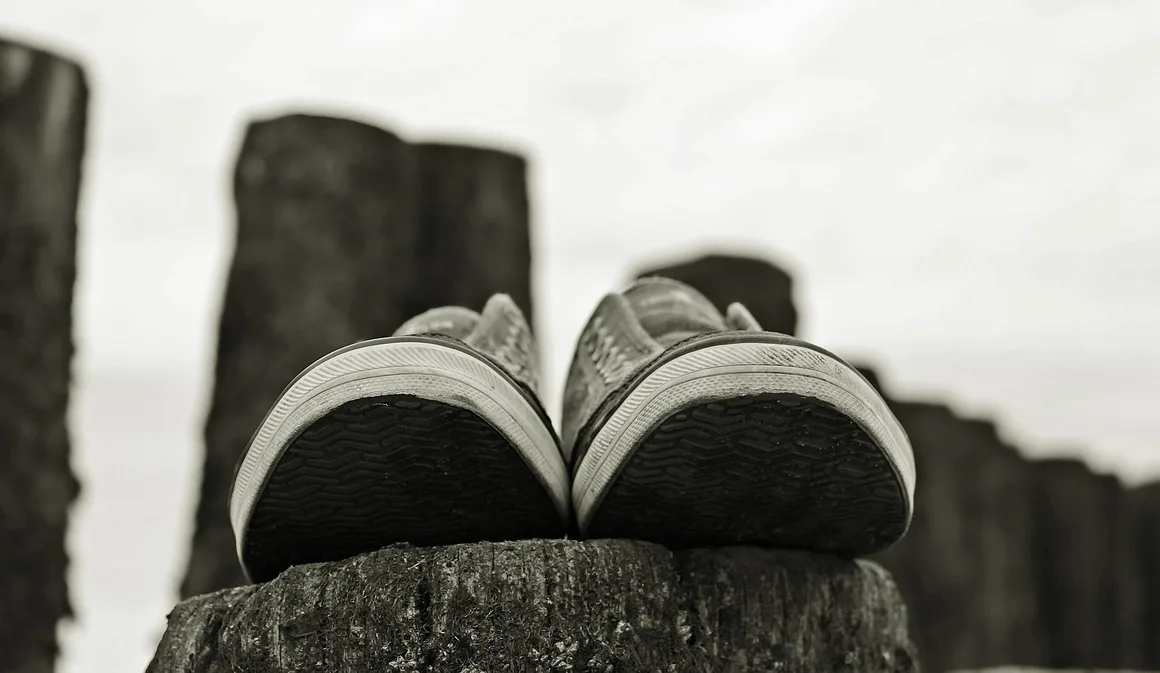Did you know that Nike has factories in different parts of the world? Though Nike does not own most of these factories, it does outsource most of their work to third-party vendors. These companies are paid by Nike to produce their products. There are more than 500 such factories around the world. These factories employ millions of people, who work day and night to produce Nike shoes. Nike has many sources of income, including the sale of their shoes.
Flyleather
If you are a shoe enthusiast, you might be interested in learning how your favorite brand makes its footwear. Nike shoes are made from materials known as Flyleather. The material is recycled, so it’s environmentally friendly. In order to find out more, take a look at this video. It features the entire Flyleather production process, including how the material is made. It may also surprise you to learn that Nike makes its shoes with recycled materials.
For Flyleather, Nike uses 50 percent recycled natural leather fiber. This is a product of recycling scraps from the tanneries. These scraps are mixed with synthetic fibers and fabric infrastructure. The finished product is then subjected to a hydro process that fuses the material with a high force. This results in a more uniform quality, and is then put on a roll for cutting.
Nike is now using Flyleather in several of their classic models. The new all-white Tennis Classic is made from this material. Other upcoming models will use Flyleather, including the Air Force 1, Air Max 90, Cortez, and Jordan 1.
Recycled materials
Nike uses increasingly recycled materials in its shoe manufacturing, including polyester, nylon, and leather. It sources these materials by reducing carbon emissions by 30%. Nike’s Recycled shoes must prove their authenticity in greenwashing. Nike’s latest Recycled collection, Cosmic Unity, features recycled polyester uppers and midsoles. These shoes also feature highly breathable designs. Nike is also experimenting with more efficient pattern cutting.
In an effort to be more sustainable, Nike has launched the Move to Zero initiative, a program aimed at reducing waste in the footwear manufacturing process. By 2020, the company expects to divert zero waste from landfills. The company has already diverted 99.9% of its waste from landfills and converted it into energy. While eliminating waste has its challenges, the company sees curbing waste as an opportunity for innovation and an environmental imperative.
Nike also has an ambitious goal to make the world a better place through its footwear. Its Sustainable Business Report reveals that over 75 per cent of all Swoosh-branded footwear and apparel are made from recycled materials. Nike also pushes sustainability in its Air unit manufacturing. Its Air Max 270 and VaporMax units contain 70 percent recycled material. Nike claims to use more recycled polyester than any other company in the industry. Similarly, 95 per cent of manufacturing waste is diverted from landfills.
Child labor
Nike has long been accused of using child labor in its overseas factories. In 1991, activist Jeff Ballinger published a report detailing conditions at Nike factories in Indonesia. The report found that children as young as 12 were working in Nike’s factories. Nike also employs workers who are not allowed to use the toilet or drink water, and punishes employees who refuse to work overtime. The company has not responded to the criticism, but a campaign has been started to bring the issue to Nike’s attention.
A recent investigation revealed that over half of the workers in Nike factories do not know if they have signed a contract or not. In addition, at least one subcontractor uses child workers. Nike headquarters regularly monitors compliance with labor laws and child labor contracts in the factories. Most Nike factories pay at least double the prevailing minimum wage. However, the investigation has not been able to uncover the full extent of the problem.
In addition to this, there is the issue of dust in the workplace, which is considered one of the most harmful conditions for workers. Workers who work in Nike factories are forced to inhale dust that is rated as dangerous and causes respiratory problems. Other hazards include noise pollution, heat, congestion, and fumes from glues. In addition to Nike’s Code of Conduct, suppliers of these shoes must protect the health of their workers.
Waffle iron
Nike began life in 1964 as Blue Ribbon Sports, a business started by Bill Bowerman and Phil Knight, two track athletes from the University of Oregon. They developed the first Nike shoe using a waffle iron mold. The shoe’s grooves helped athletes grip the ground while running. This innovative design eventually led to the creation of many other Nike features, including grip, cushioning, and light weight. Now, Nike shoes are produced all over the world, and are available at a variety of prices.
Nike has invested in its manufacturing process and uses eco-friendly materials whenever possible. Seventy percent of the polyester it uses comes from recycled resources. The company also uses organic cotton from around the world that is free of chemicals. In addition to recycled materials, Nike uses fly leather rather than grain leather in its production, which is lighter and more durable. This minimizes their environmental footprint while increasing the performance of their shoes. And, the brand is proud of the fact that they use over 900 million pairs of shoes each year.
The materials used to manufacture Nike shoes are mostly recycled, with most of the production taking place in the United States. However, the company does use a few independent contractors for the production of raw materials. The company also works with more than one thousand suppliers to ensure that every pair of shoes is made using the finest materials. Nike’s mission is to become a green footwear and apparel brand, which includes a sustainable manufacturing process. As a result, it works to make its shoes as recyclable as possible.
China
There are many concerns about the manufacturing process in China, particularly the Nike factory. According to a recent study, conditions have deteriorated in the factory since 1995. Forced overtime has increased and workers face physical abuse. Nike and Reebok have been accused of failing to monitor their factories and to protect their workers’ rights. The company has not responded to these concerns. Nike is a leading sportswear company. To be considered a credible partner, its supply chain must be transparent.
While Chinese workers still produce a large percentage of Nike shoes, the process has been undergoing dramatic changes. Since 2010, the country has lost its position as the number one producer of shoes and apparel. The company had a glut of inventory following the 2008 Olympics, and it had also recently introduced new products that did not meet consumer preferences. With this in mind, the company launched its “Reset” strategy in 2013, focusing on a Category Offense approach to China’s footwear industry. It has also shifted its manufacturing to Vietnam.
Concerns about working conditions are a major cause of Nike’s concern about its overseas manufacturing operations. The company is currently reviewing its practices with its suppliers in China in an effort to reduce worker conditions. A recent report by an Australian think tank found that members of the Uighur Muslim minority are working in sweatshops in China. South Korean-owned Qingdao Taekwang Shoes Co., one of Nike’s largest suppliers, is looking into ending Uighur worker contracts and preventing further abuse.
Vietnam
One reason the Hanoi government is reluctant to sign a trade pact with the United States is that it may not benefit the country as much as the United States. Vietnam exports $350 million worth of goods to the United States, but only $650 million of those goods are made by American companies. If the two countries can make more trade deals, Nike could sell more shoes in Vietnam and its factories would have more opportunities to export more products to the United States.
The country is also a major source of casual footwear with cemented and vulcanised soles. Many local manufacturers produce women’s fashion shoes. Vietnam has a large manufacturing sector, and labour rates remain low. In addition, the country has a broad range of product knowledge and good infrastructure. As of June 2018, total retail sales increased 18.5% year over year. Sales excluding autos climbed 16.1%. However, the latest figures do not include sports shoes, which are made in China.
The country has an excellent record of containing coronavirus outbreaks. Despite the recent health scare, the country’s government continues to invest in its footwear industry and has imposed travel restrictions on the footwear sector. The government is trying to find a solution to the problem so that the production process can continue to work without interruption. In the meantime, the footwear industry is trying to get back on its feet. However, it may take a long time to get the country back on track.
Podobne tematy




